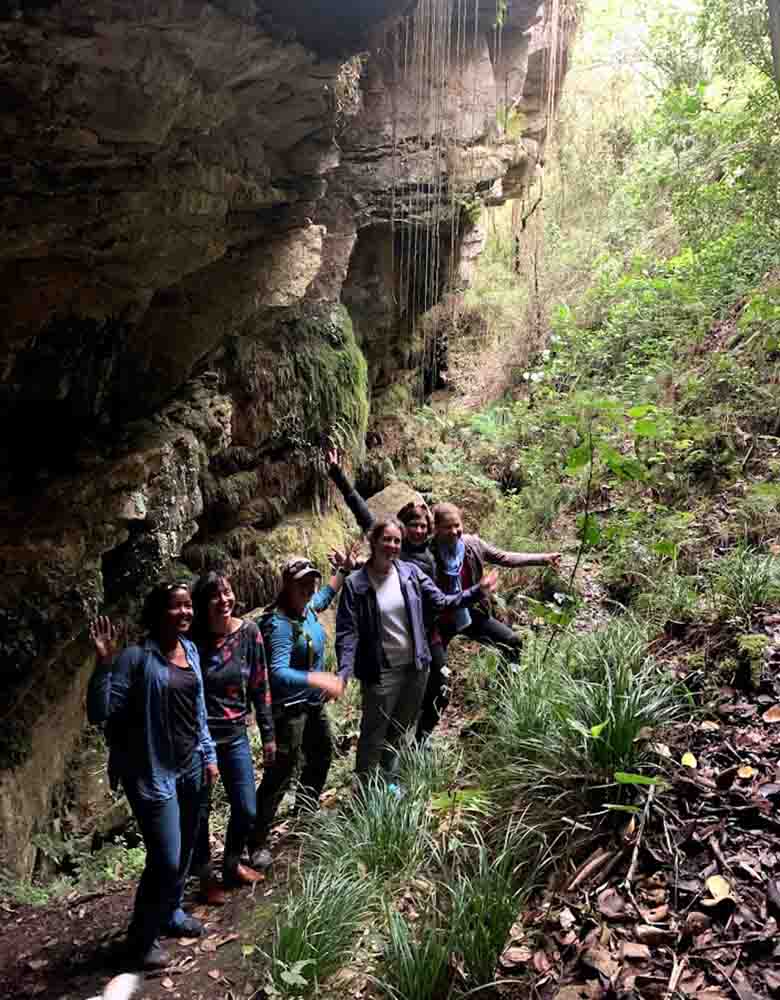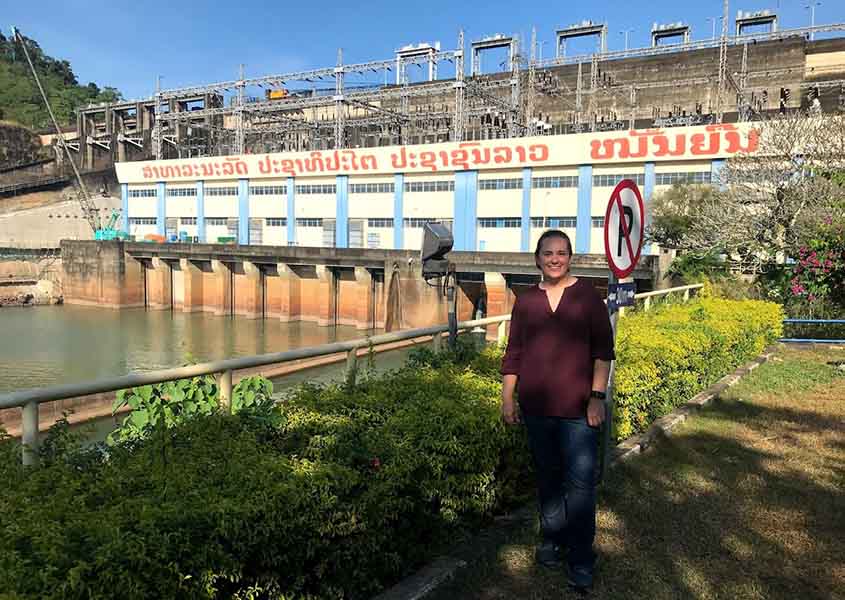Beneath the Surface: From Priceless Art to Disintegrating Coastlines, Sherry Stout Builds Resiliency One Community at a Time

Sherry Stout had just gotten off the phone with the Architect of the Capitol. The architect, she is quick to clarify, is not a person; it is the federal agency responsible for preserving the U.S. Capitol campus including its historic buildings, art, and grounds.
“If the Capitol building loses air conditioning,” Stout said, “within a very short time incredible amounts of humidity in the predominantly marble buildings starts to threaten irreplaceable art.” To find out how to prevent that catastrophe, the Architect called Stout. Stout is not a typical engineer. “‘Bridge’ was in my job description,” she said, meaning she was hired, in part, to connect rural, remote, tribal, and developing communities with the scientists who can help them meet their clean energy goals.

As a member of NREL’s Cold Climate Housing Research Center, Stout consults with a vast range of clients. She helped the Architect of the Capitol insulate its archives from increasingly hot, sweaty summers. But she also works with communities big and small, urban and remote to transition to renewable energy (hint: water power is great for this) or manage their own climate crises, including extreme drought, disintegrating coastlines, or blackouts. In short, Stout consults on how everything from one-of-a-kind art to the villages people call home can survive a changing climate.
"We work with villages whose homes are literally falling into the Bering Strait because they’re losing coastline so rapidly,” Stout said. “When communities say, ‘We want to be resilient,’ we go and figure out: What are they trying to be resilient to? What are their main risks? And we help them address that.”
Climate change wreaks different kinds of havoc on different communities within the United States. In many southern states, rising sea levels are causing flooding even on days with no rain. Stout works with folks who live on these precarious coasts to relocate—often their only option.
Drought-prone areas of rural New Mexico where Stout grew up face a different but equally disastrous problem. Dry air accumulates static, which can spark a fire. To avoid that, utilities might shut off power, putting people who depend on electronic medical equipment—like oxygen machines—at extreme risk.

“How do you maintain power in that?” Stout asked. “How do you maintain power, water, and wastewater after a hurricane?”
Stout can provide the answers. And communities call her often, sometimes on her personal cell phone number, which she gives out as freely as her time.
Now, as she works toward her Ph.D. in behavioral science, Stout is accumulating answers to questions that could impact how individual communities—but also the entire world—respond to climate change. “There's been no country on the planet that's met their decarbonization goals,” she said. “We could have the coolest technology, and it could solve some of these decarbonization issues. But in over a decade, no country has actually gotten there. It says we're missing something.”
“If you can't get people to change their behavior,” Stout said, “it doesn't really matter.”
Learn more about NREL’s work with local, state, and tribal governments. And subscribe to the NREL water power newsletter: The Current for the latest news on NREL's water power research.
Last Updated May 28, 2025
